Golf Courses AED Requirements and Laws
Sudden cardiac arrest events are not uncommon on the golf course. Golf courses are known as the fifth most common place for people to suffer from sudden cardiac arrest. Many times, players can get hit in the chest with a golf ball at a certain moment in time, which causes commotio cordis.
Commotio cordis occurs when a player takes a hard hit to the chest from a small object like a golf ball that changes the heart's electrical current and triggers sudden cardiac arrest. Without an AED nearby, commotio cordis typically results in death. Having an AED on the golf course that can be easily transported across the ground in less than four minutes without damage is crucial. We recommend a lightweight AED and a carrying case to make transporting easy.
Many states do not require AEDs on the course, but it is recommended due to the high risk. Making sure your members are aware that an automated external defibrillator is available on-site, visibly marking where the AED should be placed, and having a designated clubhouse staff member to check and maintain the AED is crucial to keeping your golf community safe. Check the list below to see if your state requires an AED on the golf course.
Which States have Golf Course AED Requirements and Laws?
Note: The information on this page is intended to educate readers on the general topic of AEDs and AED legislation. AED.com does not guarantee completeness or accuracy of any AED law interpretation, summary, or listing. This information is intended to be a summary of general facts and not legal advice or a means to check compliance. For assistance interpreting and determining AED law compliance in your state, please contact us.
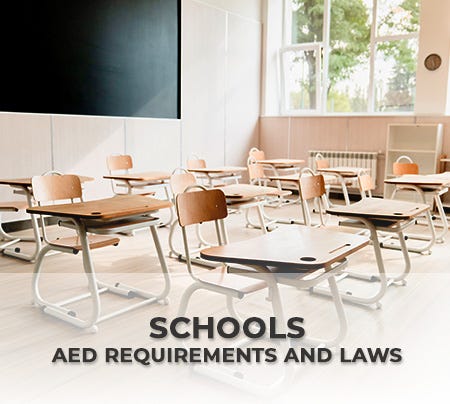

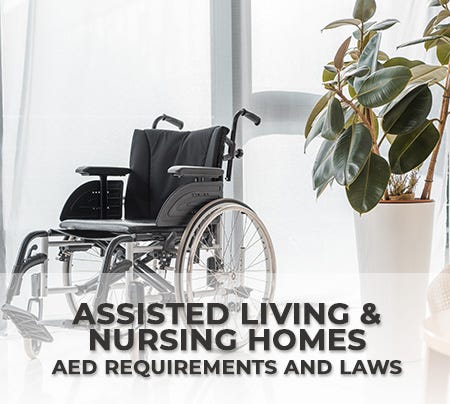
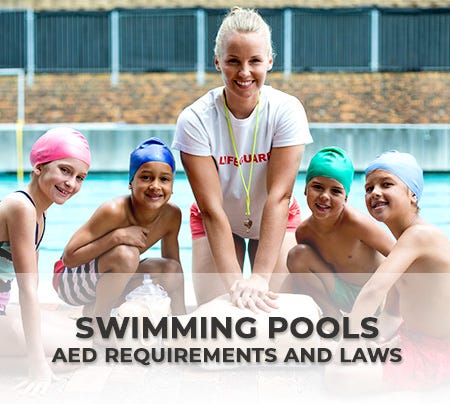

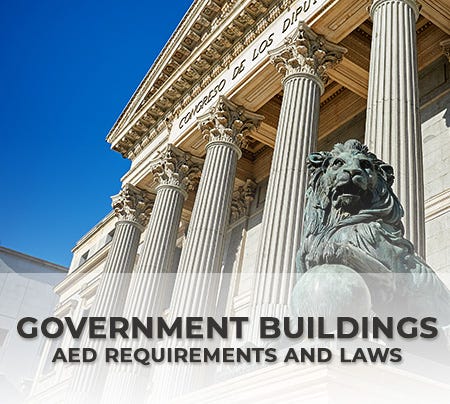
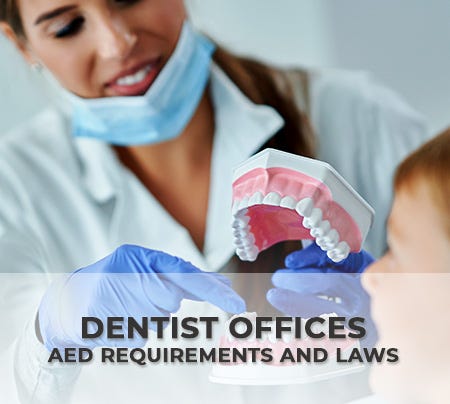
 CALL US:
CALL US: